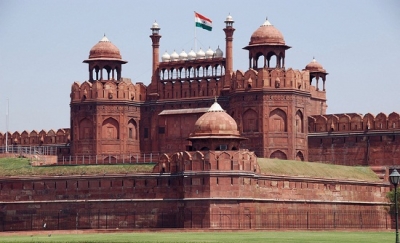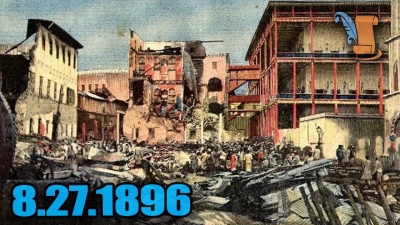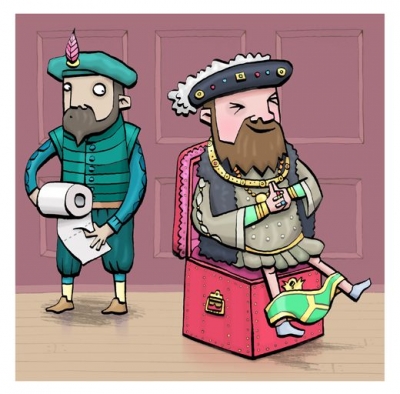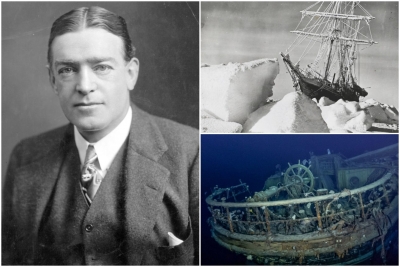Is snooker an Indian game?

You might have never heard the name Neville Francis Fitzgerald Chamberlain. But it is through Chamberlain that the origins of snooker, a cue sport has an Indian connection.
Stationed in Jabalpur in 1875 as part of the British Indian Army, 19-year-old Chamberlain invented the game of snooker by experimenting with an existing game-a form of billiards - and adding more colour to it. In 1885, John Roberts, the then British Billiards Champion, visited India and met with Chamberlain during a dinner with the Maharajah of Cooch Behar. After enquiring about the rules of snooker, Roberts decided he would introduce the game back in England. Although it took many years before the game became widely played, by the end of the 19th century the manufacturers of billiards equipment had realised the commercial potential of snooker.
Snooker started growing in popularity from the 1880s and rose to prominence in the next half a century or so. While Chamberlain was busy working his way to become Sir Chamberlain, speculation regarding the game's origins increased.
On March 19, 1938, The Field carried a letter from 82-year-old Chamberlain staking his claim to inventing snooker. It helped Chamberlain that he had the backing of author Compton Mackenzie, who supported Chamberlain's claim in a letter to The Billiard Player in 1939. Chamberlain's claim as the inventor of snooker hasn't been disputed since then, forever cementing a link between the sport and our country.
Credit : Sky history
Picture Credit : Google




